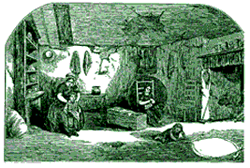 Between 1770 and 1830, enclosures changed the English rural landscape forever. Landowners annexed vast acreages, producing even greater wealth from the now familiar pattern of small hedged fields. Peasants no longer had plots to grow vegetables nor open commons for grazing their single cow or sheep and pigs.
Between 1770 and 1830, enclosures changed the English rural landscape forever. Landowners annexed vast acreages, producing even greater wealth from the now familiar pattern of small hedged fields. Peasants no longer had plots to grow vegetables nor open commons for grazing their single cow or sheep and pigs.
Chalk and cheese
The chalklands of Dorset offer poor farming conditions. Sheep dung was used to add nutrients to the soil and water meadows developed to encourage early grass growth but the land could barely sustain the population.
Travel further north and west and the chalk gives way to clay soils. The land becomes much more fertile and good for grazing cattle and dairy farming. Areas such as Cheddar in Somerset and Gloucestershire became known for cheese and the so the stark difference between the two regions gave us the phrase ‘chalk and cheese’.
 Life was hard
Life was hard
Diet was basic – tea, bread and potatoes. As a result, the people were badly nourished and small. Poor harvests and depression in the 1830s hit the area even harder.
Wages of despair
Average family expenditure (1840s)
- Rent 1s 2d
- Bread 9s
- Tea 2d
- Potatoes 1s
- Sugar 3d halfpenny
- Soap 3d
- Thread 2d halfpenny
- Candles 3d
- Salt 5d
- Coal and wood 9d
- Butter 4d halfpenny
- Cheese 3d
- TOTAL 13s 9d
Wages of 9 or 10 shillings a week reduced families to starvation level unless they could be supplemented by working wives and children.
Captain Swing
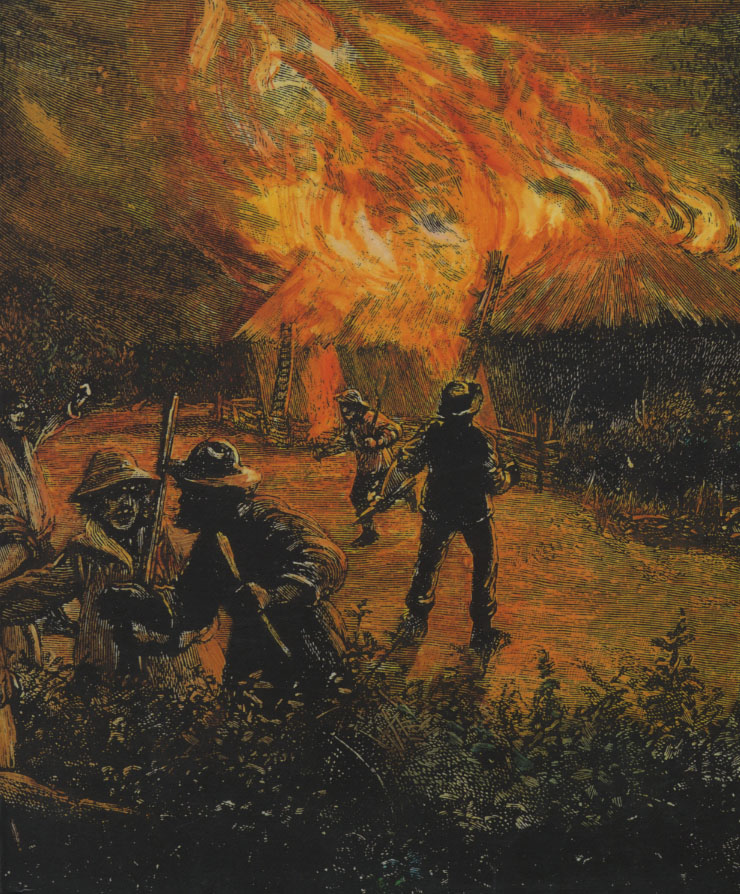 Low wages, appalling conditions and unemployment, bad winters and poor harvests in 1829 and 1830 fuelled a great explosion of anger, resulting in riots led by the mythical ‘Captain Swing’ in November 1830. Workers would post letters to their employers threatening damage unless pay was improved or the new machines destroyed. The letters would be signed ‘Captain Swing’.
Low wages, appalling conditions and unemployment, bad winters and poor harvests in 1829 and 1830 fuelled a great explosion of anger, resulting in riots led by the mythical ‘Captain Swing’ in November 1830. Workers would post letters to their employers threatening damage unless pay was improved or the new machines destroyed. The letters would be signed ‘Captain Swing’.
The uprising quickly spread across the south of England and through Dorset. 600 rioters were imprisoned, 500 sentenced to transportation and 19 executed. Some employers agreed to the workers’ demands but once order was restored wages were cut. George Loveless, in Tolpuddle, drew his own lessons from the consequences of this action and concluded there had to be a different way.
For more on the Swing Rebellion go to: Swing Rebellion.
Formation of unions
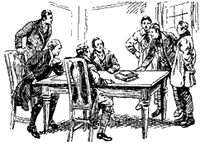 Farm labourers in Tolpuddle were earning nine shillings a week and living in dreadful poverty. They met under the sycamore tree on the village green and discussed ways to improve their lives and stop the employers from making further pay cuts.
Farm labourers in Tolpuddle were earning nine shillings a week and living in dreadful poverty. They met under the sycamore tree on the village green and discussed ways to improve their lives and stop the employers from making further pay cuts.
George Loveless, made the case for a union in Tolpuddle to give the labourers bargaining strength.
The landowners, led by James Frampton and supported by the government, were determined to squash unions and to control increasing outbreaks of dissent.
The man who framed the Martyrs
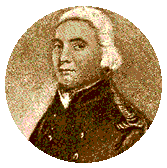 Born in 1769 at Moreton House, near Tolpuddle, into a long established family of country gentlemen, James Frampton passionately believed in Church, Constitution, King and Country – and maintenance of the status quo. He feared trades unionism threatened the power base and wealth of the landed upper classes.
Born in 1769 at Moreton House, near Tolpuddle, into a long established family of country gentlemen, James Frampton passionately believed in Church, Constitution, King and Country – and maintenance of the status quo. He feared trades unionism threatened the power base and wealth of the landed upper classes.
He called on the Home Secretary to take action to stop the “dangerous societies” forming but trade unions were legal. So Squire Frampton used a charge of administering an unlawful oath, using a law applicable to Naval mutinies not workers rights.
Having witnessed the French Revolution, he was determined to suppress any sign of rebellion or opposition, whatever the cause.
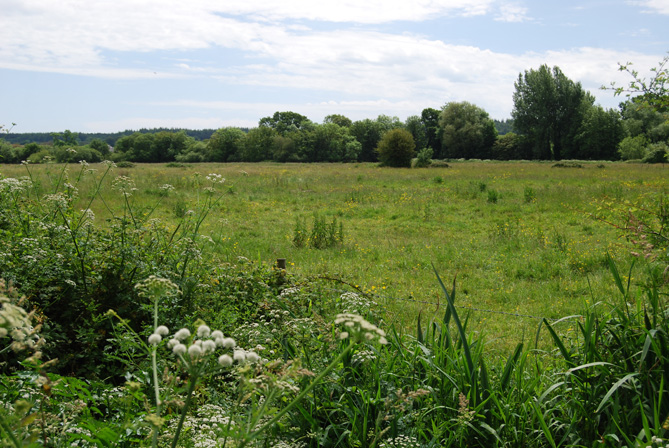 Life was hard
Life was hard